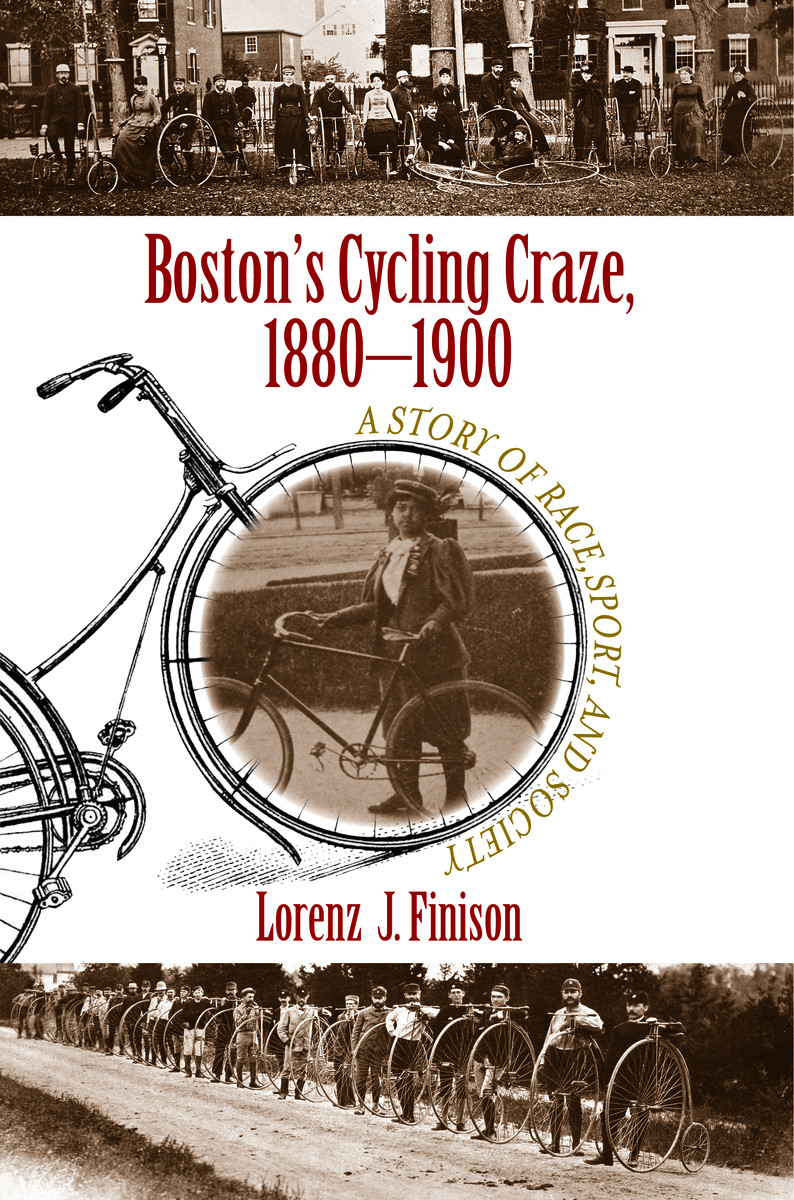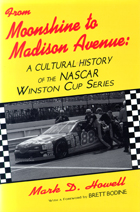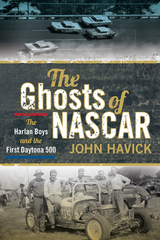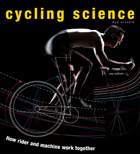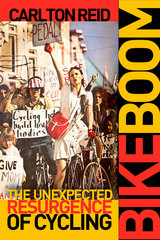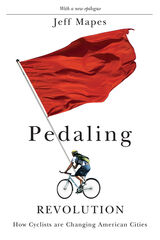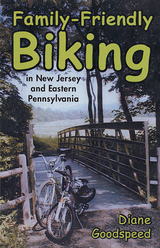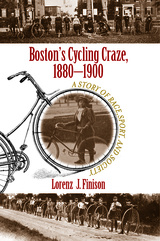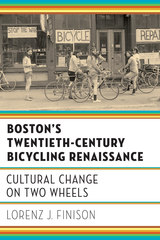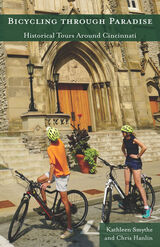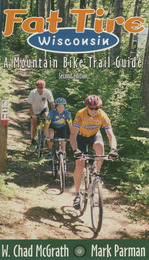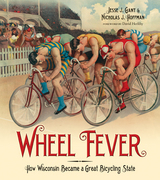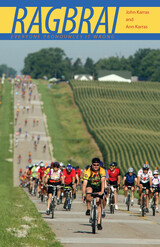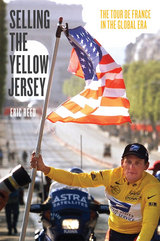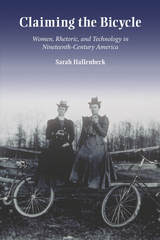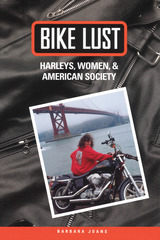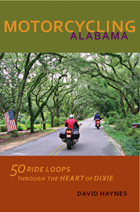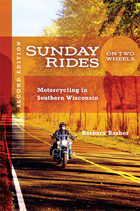Boston's Cycling Craze, 1880-1900: A Story of Race, Sport, and Society
University of Massachusetts Press, 2014
eISBN: 978-1-61376-411-4 | Paper: 978-1-62534-074-0 | Cloth: 978-1-62534-073-3
Library of Congress Classification GV1045.5.M42B673 2014
Dewey Decimal Classification 796.60974461
eISBN: 978-1-61376-411-4 | Paper: 978-1-62534-074-0 | Cloth: 978-1-62534-073-3
Library of Congress Classification GV1045.5.M42B673 2014
Dewey Decimal Classification 796.60974461
ABOUT THIS BOOK | AUTHOR BIOGRAPHY | REVIEWS | TOC
ABOUT THIS BOOK
From 1877 to 1896, the popularity of bicycles increased exponentially, and Boston was in on it from the start. The Boston Bicycle Club was the first in the nation, and the city's cyclists formed the nucleus of a new national organization, the League of American Wheelmen. The sport was becoming a craze, and Massachusetts had the largest per capita membership in the league in the 1890s and the largest percentage of women members. Several prominent cycling magazines were published in Boston, making cycling a topic of press coverage and a growing cultural influence as well as a form of recreation.
Lorenz J. Finison explores the remarkable rise of Boston cycling through the lives of several participants, including Kittie Knox, a biracial twenty-year-old seamstress who challenged the color line; Mary Sargent Hopkins, a self-proclaimed expert on women's cycling and publisher of The Wheelwoman; and Abbot Bassett, a longtime secretary of the League of American Wheelman and a vocal cycling advocate for forty years. Finison shows how these riders and others interacted on the road and in their cycling clubhouses, often constrained by issues of race, class, religion, and gender. He reveals the challenges facing these riders, whether cycling for recreation or racing, in a time of segregation, increased immigration, and debates about the rights of women.
Lorenz J. Finison explores the remarkable rise of Boston cycling through the lives of several participants, including Kittie Knox, a biracial twenty-year-old seamstress who challenged the color line; Mary Sargent Hopkins, a self-proclaimed expert on women's cycling and publisher of The Wheelwoman; and Abbot Bassett, a longtime secretary of the League of American Wheelman and a vocal cycling advocate for forty years. Finison shows how these riders and others interacted on the road and in their cycling clubhouses, often constrained by issues of race, class, religion, and gender. He reveals the challenges facing these riders, whether cycling for recreation or racing, in a time of segregation, increased immigration, and debates about the rights of women.
See other books on: 1880 - 1900 | Boston | Cycling | Finison, Lorenz J. | Massachusetts
See other titles from University of Massachusetts Press
